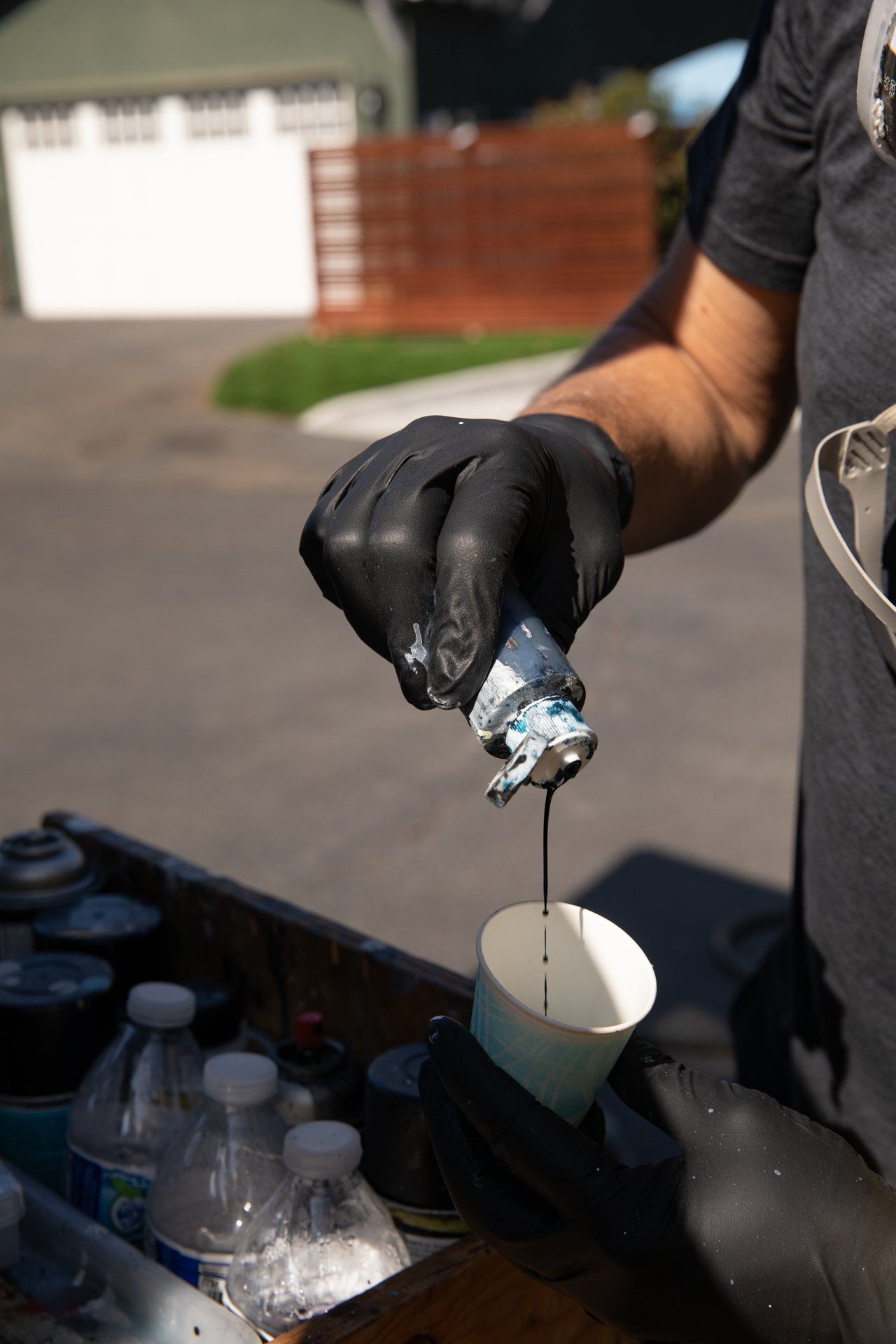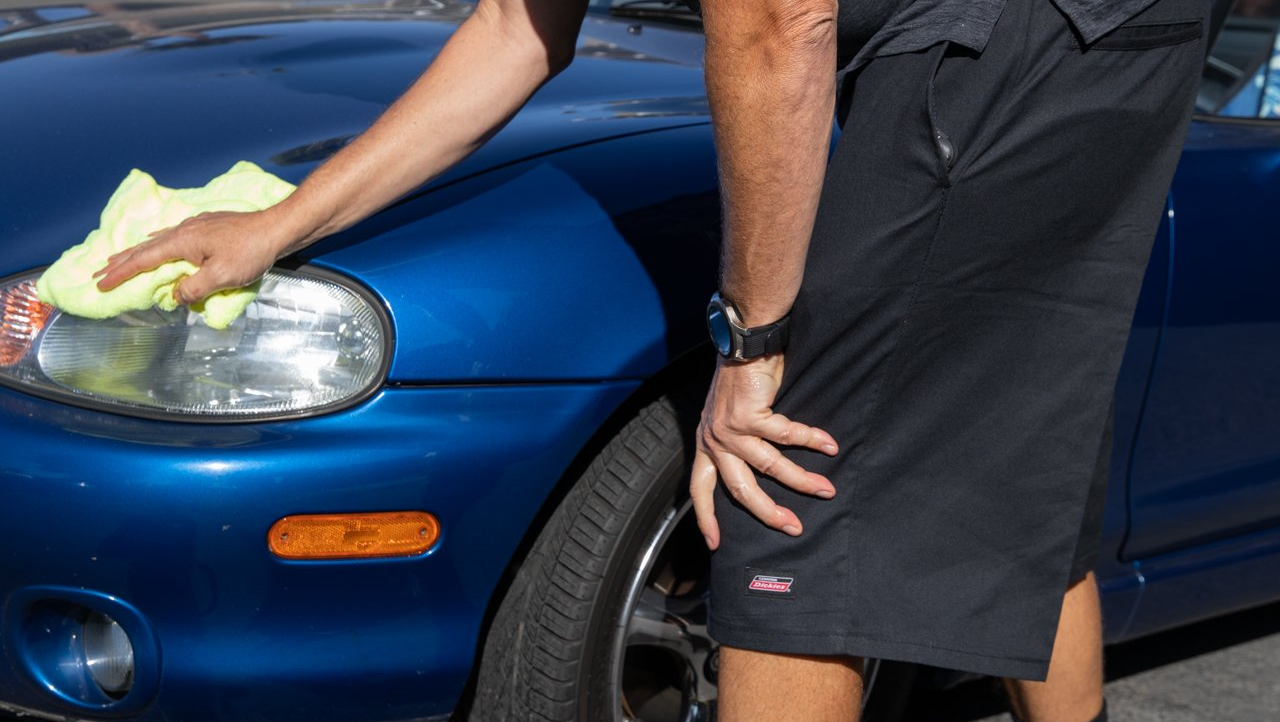Understanding Different Types of Car Scratches and Treatments
Car scratches are an inevitable part of vehicle ownership. Whether caused by a shopping cart, tree branches, or an accidental key scrape, they can be frustrating and diminish the appearance of your vehicle. However, not all scratches are the same, and each type requires a different repair approach. In this post, we’ll break down the different types of car scratches—clear coat, primer, paint, and deep scratches—and explain the best treatments for each.
1. Clear Coat Scratches
What Are Clear Coat Scratches?
Clear coat scratches are the most common and superficial type of scratch, affecting only the top transparent layer of your car’s paint job. This clear layer serves as a protective barrier against UV rays and minor abrasions. These scratches often appear as swirl marks or faint lines and are usually caused by improper washing techniques, dust, or light contact with abrasive surfaces.
How to Treat Clear Coat Scratches
Since clear coat scratches are only surface-level, they are relatively easy to fix with the right products.
- Polishing and Buffing: Light clear coat scratches can often be polished away using a microfiber cloth and a polishing compound. Buffing the surface will smooth out the scratches and restore the glossy finish.
- Scratch Removal Products: There are many scratch removal kits designed specifically for clear coat damage. These kits usually include a polish, buffing pad, and a protective wax to restore shine.
Product Recommendation: Meguiar’s ScratchX 2.0 or Turtle Wax Scratch Repair Kit
Prevention Tips:
- Always wash your car using the two-bucket method and microfiber towels to avoid creating swirl marks.
- Apply wax or a sealant regularly to protect the clear coat.
2. Paint Scratches
What Are Paint Scratches?
Paint scratches are deeper than clear coat scratches and penetrate into the colored layer of paint beneath the clear coat. These scratches are often more visible because they reveal the contrasting color of the primer or the metal underneath. Common causes include deeper scrapes from keys, minor collisions, or debris from the road.
How to Treat Paint Scratches
Repairing paint scratches requires more work than clear coat scratches, but they can still be addressed without a full repaint if caught early.
- Touch-Up Paint: For smaller scratches, touch-up paint that matches your vehicle’s color can be applied. This will fill in the scratch and help blend it with the surrounding paint. Once dry, you can use a polishing compound to smooth it out.
- Wet Sanding and Buffing: Deeper paint scratches may require wet sanding with very fine grit sandpaper to even out the surface. Afterward, the area can be polished and sealed.
Product Recommendation: Dupli-Color Perfect Match Touch-Up Paint
Prevention Tips:
- Avoid parking too close to other vehicles or objects that could scratch the paint.
- Apply a ceramic coating or paint sealant to add a durable layer of protection against scratches.
3. Primer Scratches
What Are Primer Scratches?
Primer scratches go deeper than the paint layer and reach the primer layer, which is applied beneath the paint to help it adhere to the vehicle’s surface. These scratches are more severe because they expose the primer, often creating a noticeable contrast in color. These are typically caused by more forceful impacts or contact with sharp objects.
How to Treat Primer Scratches
Because primer scratches penetrate through the paint layer, they usually require more comprehensive repair techniques.
- Touch-Up Paint and Primer: In some cases, touch-up paint alone won’t be enough. You may need to apply a thin layer of primer before using touch-up paint to ensure proper adhesion and color blending.
- Professional Repair: If the damage is extensive, a professional repair might be necessary to sand down the area, apply new primer, and repaint the affected section. This ensures the repair is seamless and long-lasting.
Product Recommendation: Dr. ColorChip Paint Chip Repair Kit (for minor primer scratches)
Prevention Tips:
- Install protective side moldings or paint protection film to shield vulnerable areas from damage.
- Be mindful of parking spaces and avoid areas with overhanging tree branches or rough terrain.
4. Deep Scratches (Into the Metal)
What Are Deep Scratches?
Deep scratches are the most severe type of scratch, penetrating through the clear coat, paint, and primer layers, exposing the bare metal underneath. These scratches are typically the result of significant collisions, sharp objects, or severe abrasions. Left untreated, deep scratches can lead to rust and corrosion, which can severely damage your car’s body over time.
How to Treat Deep Scratches
Repairing deep scratches is a more complex process and often requires professional attention.
- Rust Prevention: If bare metal is exposed, it’s crucial to address the issue quickly to prevent rust. Use a rust inhibitor before proceeding with any other repair.
- Filler, Primer, and Paint: Deep scratches often require filling the scratch with a body filler, sanding it down, and applying primer before repainting the area. This process ensures the damage is sealed and protected from further corrosion.
- Professional Auto Body Repair: For extensive deep scratches, it’s often best to leave the repair to professionals. They have the tools and expertise to sand, prime, and repaint the damaged area to factory specifications.
Product Recommendation: Bondo Scratch and Dent Repair Kit (for DIY deep scratch repairs)
Prevention Tips:
- Invest in paint protection film or ceramic coatings, especially for high-risk areas like the front bumper and hood.
- Address deep scratches immediately to prevent rust and further damage to the metal.
Conclusion
Understanding the type of scratch on your car is the first step in determining the right treatment. While minor scratches like clear coat or paint scratches can often be treated with DIY methods, deeper scratches that reach the primer or metal layers require more attention and, in some cases, professional repair. By addressing scratches promptly and using the right products, you can maintain your vehicle’s appearance and prevent long-term damage. If you’re unsure about the extent of the damage or need assistance with repairs, contact Accucar Paint for expert mobile repair services to keep your car looking its best!








